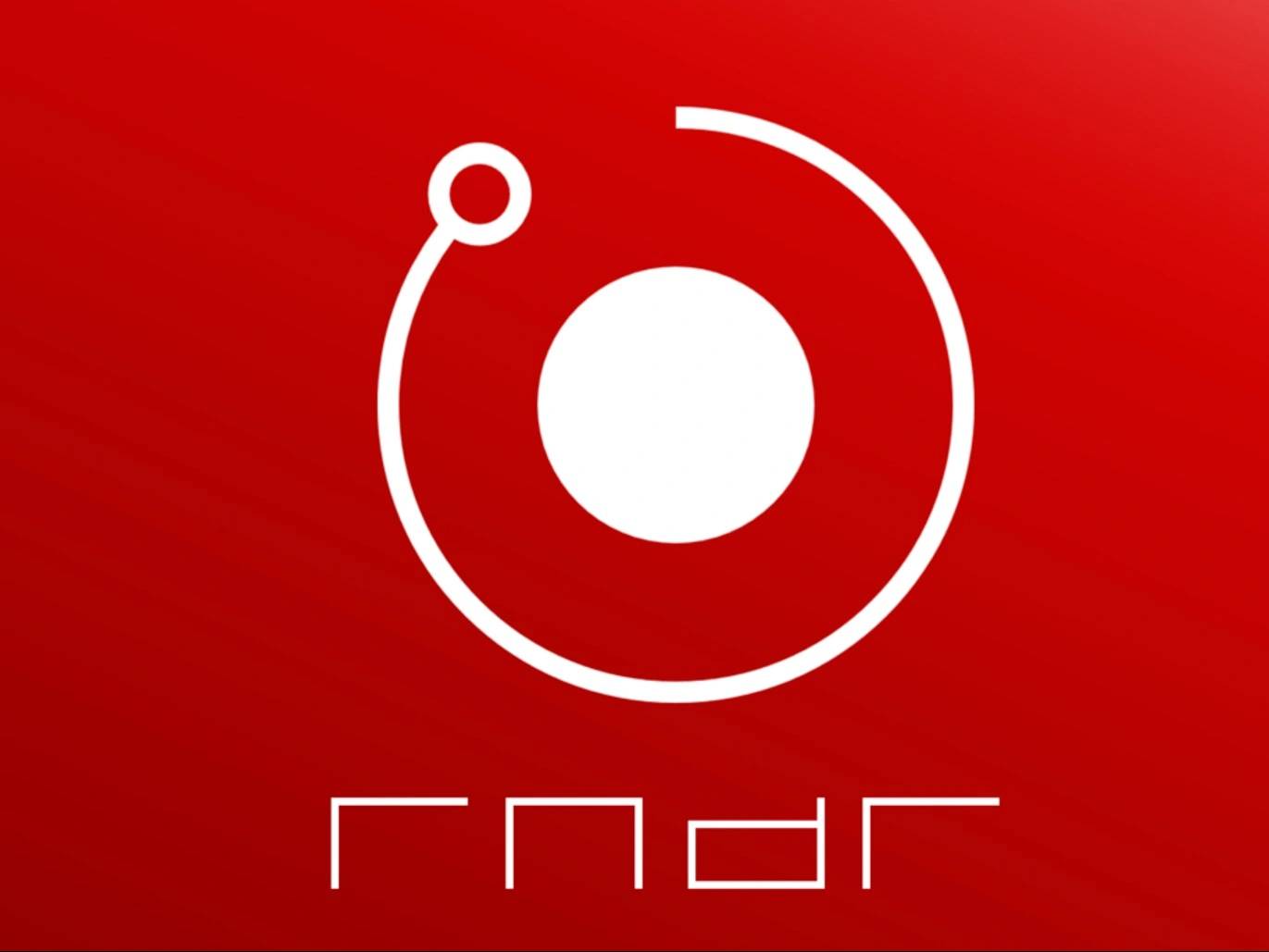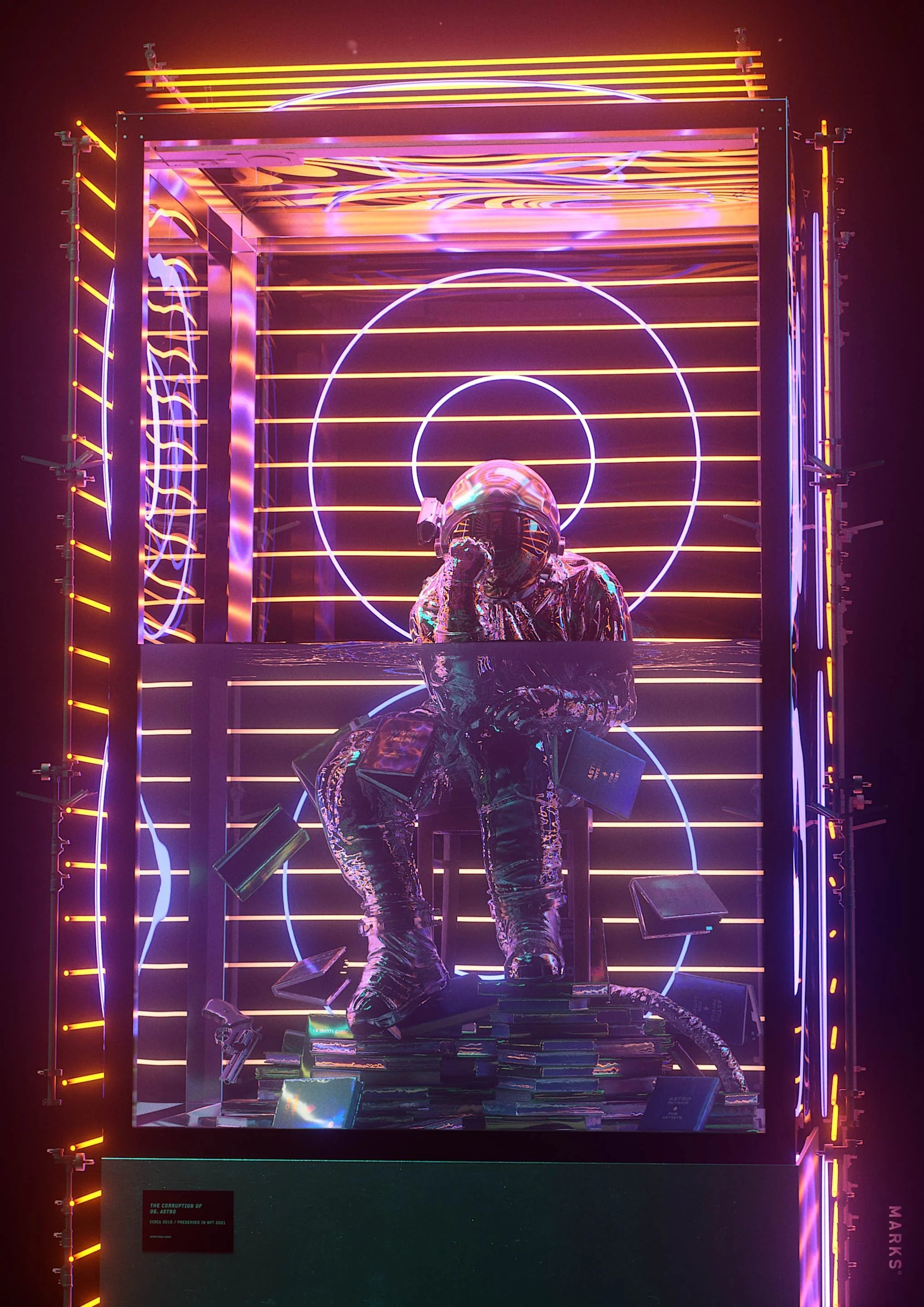Subscribe to wiki
Share wiki
Bookmark
Render Network
The Agent Tokenization Platform (ATP):Build autonomous agents with the Agent Development Kit (ADK)
Render Network
Render Network is a distributed GPU rendering network built on top of the Ethereum blockchain. As stated in the whitepaper[5] of Render Token, rendering refers to transforming a 2D or 3D computer model into a realistic image and scene. The Render Network is powered by its native RNDR token. [1][2][3][4]
Overview
Render Token was founded by Jules Urbach in 2016. Urbach is the CEO of OTOY Inc., a cloud-rendering company and the parent company of Render Network. The whitepaper[5] of Render Token was published on August 28, 2017. [1][4]
Render Network is a blockchain-based platform designed for the 3D rendering industry. It utilizes decentralized computing power to offer a solution for processing complex 3D graphics and animations. By leveraging a distributed network of computers, Render Network aims to improve the efficiency and affordability of rendering tasks compared to traditional centralized rendering farms. [1]
The platform operates on the Ethereum blockchain, utilizing smart contracts for transparent transactions. Render Network allows artists, designers, and content creators to submit rendering jobs for processing by the decentralized network. This approach provides access to high-quality rendering for a broader range of users. [1]
Technology
The Ethereum blockchain serves as the foundation for the RNDR ecosystem. This enables RNDR Token holders to keep their tokens in any ERC-20-compliant wallet. The tokens may be exchanged on any ERC-20-compliant exchange. [5][6]
On the RNDR Network, users submit tasks to the community. The platform automatically calculates the required amount of RNDR Tokens to complete the task. This information is provided as an attachment, which contains the specifications of a smart contract. The data is then transmitted through the RNDR Network. [5][6]
GPU owners use OctaneRender to perform necessary tasks. OctaneRender employs RNDR to spread the foundation of the current rendering service, and the entire procedure removes the middleman. Users can send RNDR Tokens to the individuals performing the render work. The tokens may also be used to transmit value worldwide, and every RNDR Token transaction incurs a modest percentage fee, which is used to fund RNDR Network’s future growth and operation. [6]
RNDR Token
RNDR is an ERC-20 utility token used by artists on the network to exchange GPU compute power from GPU providers (node operators). RNDR utilizes a combination of manual and automatic proof-of-work systems or proof-of-render, in order to verify all art has been successfully rendered prior to payment disbursal and art release. [3][4]
The initial coin offering (ICO) took place from October 6 to October 12, 2017. During that period, a total of 4,650,922 RNDR Tokens were sold at a price of US$0.25 per token. The team stated in March 2018 that the total issued tokens in the ecosystem would be 536,870,912, and the contract migration procedure began with a 1:1 migration ratio between old and new contracts. [6]
The Genesis mainnet release took place on June 24, 2019, when the project was moved from the Ropsten testnet to the Ethereum mainnet and beyond. The team then announced a purchase plan of 4.5 million RNDR Tokens on the Probit exchange in March 2020, taking advantage of market conditions at the time. The final product was available in April 2020. [6]
Render Network Foundation
On January 20, 2023, the Render Team announced the Render Network Foundation, a not-for-profit dedicated to maintaining the core Render Network protocol and growing its community and ecosystem. [8]
As part of the creation of the Foundation, the founding group transferred control of the core Render Network repos and the Render Network brand to the Foundation, a major step in decentralization and putting governance and control in the hands of the community. [8]
The Render Network Foundation’s core role and responsibility in the ecosystem are primarily facilitating the Render Network Proposal (RNP) system announced[9] in June 2022. The Foundation is also responsible for helping to set the strategic priorities of the network and issuing grants to support them. [8]
Render Network Updates
On May 26, 2023, the Render Network published an update to its Roadmap, Whitepaper, and the Render Network Foundation’s new website. [10]
Roadmap/Whitepaper
The Roadmap and whitepaper are established as a document in order to provide structure and transparency for the Foundation and network development. The Render Network Foundation site is also set up as the host of the Roadmap and other items related to the Network and its operations. [10][12]
The Render network is shifting its platform from Discord to Discourse for RNP discussions. Lastly, the Foundation is also opening up a 2023 Grant Cohort[11], which will be in part defined by the Community itself through the network’s governance process. This is to allow for community proposals and projects on the Network to be funded in part by grants from the Render Network Foundation. [10]
Foundation Website Community Showcase
An addition to the Render Network Foundation website is a gallery showcasing artwork from the community in order to expand and highlight the Render Network community. Works created on the Render Network can be shared for website showcases, social media posts, and other public forums.[10]
RNDR Burn and-Mint Equilibrium
In July 2022, Render Network introduced the "Burn-and-Mint Equilibrium" which refers to both the process and the desired state of the token model. In an optimal scenario, a relative equilibrium is established between tokens burned and tokens minted within a specific marketplace. At a broader level, transactions within an ecosystem function similarly to those on the Render Network. Users exchange tokens (such as RNDR Tokens) for services or products (for example, rendered work). [13]
When users tender tokens for a service, those tokens are considered "burned" once the service is completed, effectively removing them from the market ecosystem. This burn process serves as on-chain verification that the appropriate amount of tokens required for the provided work was utilized. The blockchain stores this information and utilizes it for logging payouts to service providers or product creators. Additionally, based on predetermined criteria established by the chain, project, or community, additional rewards may be granted. The minting of new tokens occurs periodically on an epoch-by-epoch basis. [13]

Request For Compute (RFC)
In June 2023, Render Network announced the implementation of Request For Compute (RFC), which is aimed to support network growth.The Render Network's Request for Comments (RFC) marks the first step toward supporting a broader spectrum of use cases on the network. By actively engaging with customers interested in Render Network's compute network, the RFC aims to understand compute demand and serve it accordingly. The Render Network Foundation team anticipates that this process will enable the network to cater to new applications in AI, virtual reality, big data, and other fields, fostering growth and meeting the evolving needs of its users. [15]
Media
Raoul Marks
Raoul Marks, a two
- time Emmy Award winner, Bafta-nominated Director, and 3D Motion Designer, shared his experience on integrating the Render Network into his production workflow. Some projects where the Render Network was utilized include TV shows such as The Peripheral and Westworld Season 4 and game trailers like the blockbuster Playstation game MARATHON. Raoul has also created a range of NFTs from independent works to collaborations, including a series developed in partnership with the estate of Alexander Calder, a renowned figure in 20th-century Modernist art. [14]
See something wrong?
The Agent Tokenization Platform (ATP):Build autonomous agents with the Agent Development Kit (ADK)

